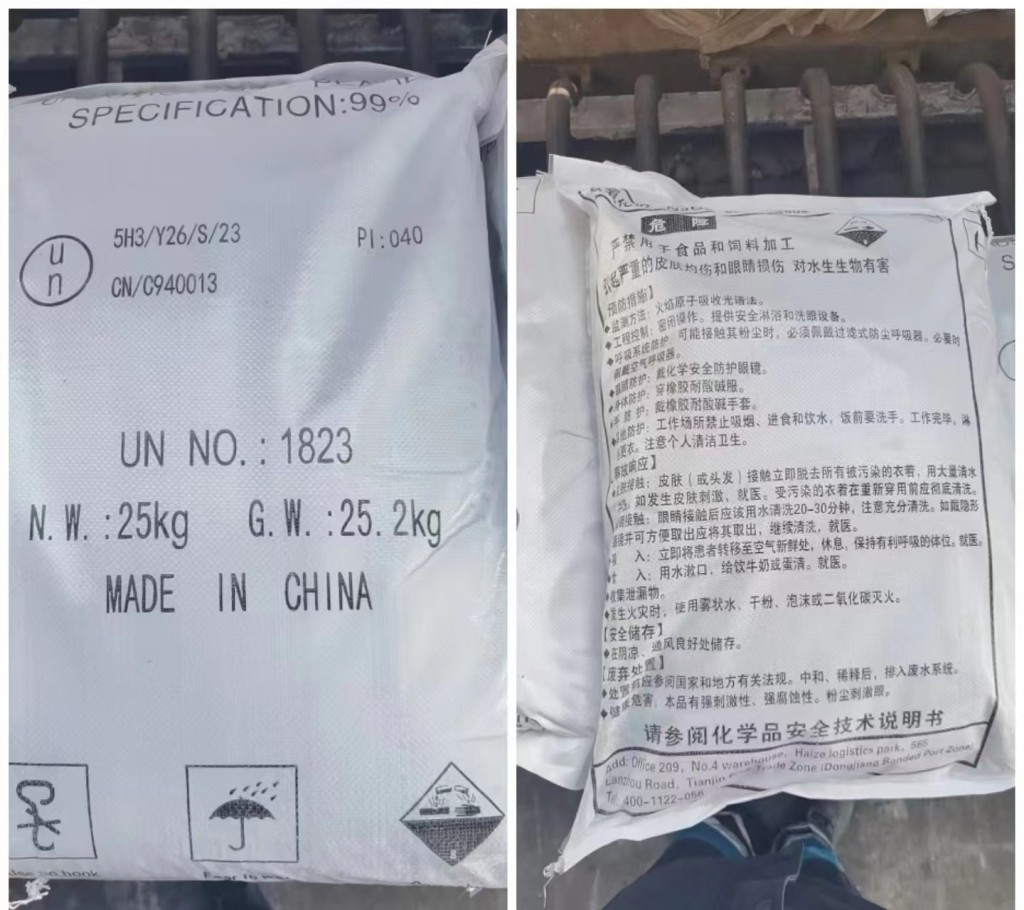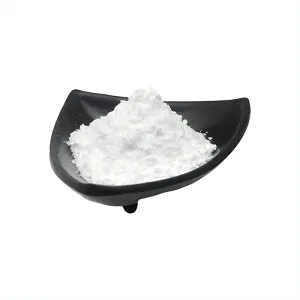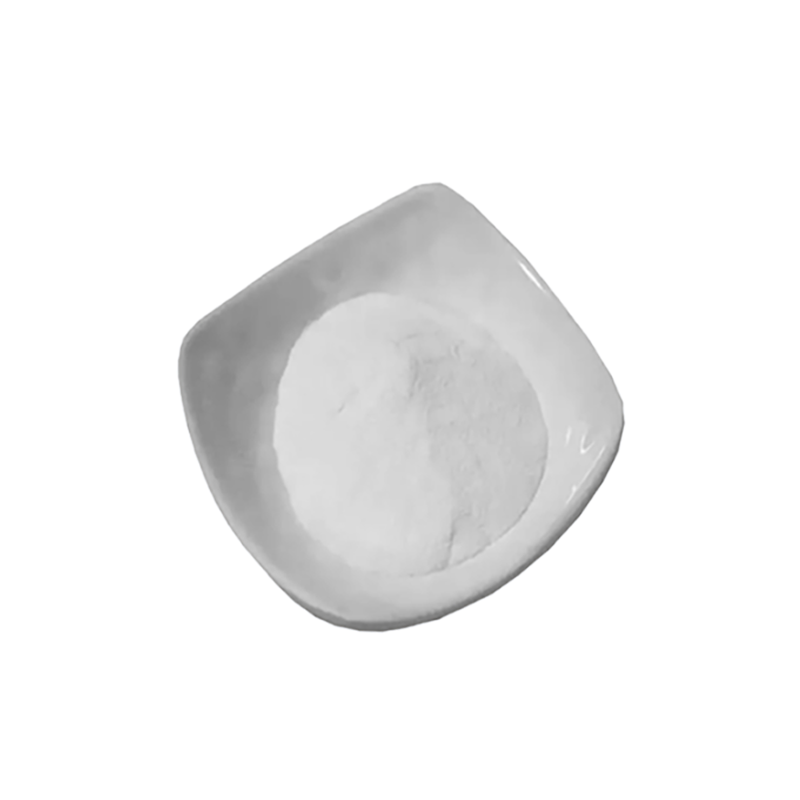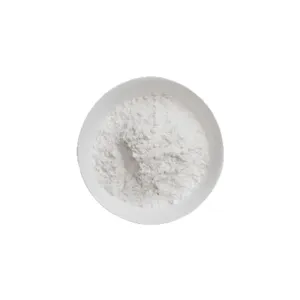Expanding petrochemical basket through R&D: S. Bharathan, Executive Director – R&D, HPCL

Established across a vast range of modern products, petrochemicals are part of the fabric of our societies. Clothing, tyres, digital devices, packaging, detergents, and countless other everyday items are made from petrochemicals. Petrochemical feedstock accounts for 12% of global oil demand, a share that is expected to increase driven by increasing demand for plastics, fertilizers and other products. Petrochemical industry also includes various types of polymers and elastomers and is now an integral part of the refining industry. It is highly capital and energy intensive as well as dependent on demography of the area in terms of feedstock availability.
In spite of that, it is the one of the fastest growing industries and the companies with secured feedstock have competitive advantage, therefore, hold the commanding position.
However, the industry’s landscape is being shaped by shifts in end-market demand, changes in feedstock dynamics, overcapacity, increasing regulatory focus, and a growing push toward sustainability.
In addition, the recent upsurge of global trade restrictions has not only changed the manufacturing dynamics but also severely affected the business scenario. The environmental concern with respect to generation of CO2 from refinery and petrochemical processes as well as from other chemical industries leading to global warming has put forward many challenges to the existing industry. Therefore, the industry is seeking answers to mitigate these challenges and these are one of the prime concerns of the existing chemical and petrochemical industry. In addition, it is worth mentioning that for an industry to sustain and survive it has become pertinent for it to diversify its product portfolio depending upon the constantly changing market scenario which is forcing all the industrial houses especially the one engaged in the manufacturing of petrochemicals.
It is now well understood by various industries whether struggling for sustainable growth or to drive the diversification in terms of expanding their product basket and to meet such external threats as mentioned above; the companies have invested heavily in the Research and Development (R&D) programs to maintain a leading position. R&D is the striking feature of the innovation process. It is a pool of human resources that has been built up gradually depending upon the priorities of various research programs with clear objectives and defining the deliverables.
Many products which are now ubiquitous and universal, such as Polyolefin, Polyvinyl Chloride (PVC), Nylon, Polycarbonate, Synthetic Rubbers, and many more to quote would never have existed without the concerted efforts made in Research and Development programs. The various industrial houses which invested in such research projects generated enormous revenue which motivated them to invest further in R&D programs to produce new products in future.
R&D has a direct link with market developments which has led to innovations where more efficient processes have been developed along with new catalyst systems. It can be seen that various new and efficient catalysts in terms of efficiency/conversions and selectivity have been developed in 20th and 21st centuries leading to production of on purpose products with less energy cost and curtailing the by-products which were the part of conventional process.
The production of Mono ethylene glycol (MEG) without producing by-products such as Di-Ethylene Glycol (DEG) and Tri-Ethylene glycol (TEG) is one of the best examples of R&D efforts to address the problem of maximizing the specific consumption of ethylene in MEG manufacturing process. Similarly, after the technological developments reached a stage of maturity in the 1980's, new processes appeared on the horizon which were more efficient and less energy intensive as a result of R&D developments carried out in that field.
The conventional production of MMA from isobutylene has now been replaced with ethylene as the starting raw material which is relatively much cost effective as compared to isobutylene.
Another example of R&D efforts to meet the challenge emerging from replacing the Naphtha as feedstock to Ethane resulting in a shortage of propylene monomer. This situation forced the companies to produce propylene by dehydrogenation process from propane which was not earlier existing on the horizon of the petrochemical industry. It has been envisaged that propylene shortage will further increase, since naphtha is now being replaced by LPG as the feedstocks in the steam cracker.
In the transportation sector the demand of gasoline and diesel is expected to reduce with the advent of vehicles which will run on batteries; which will result in heavier feedstock (for e.g. kerosene) moving towards petchem production.
The new technologies improved better utilization of feedstocks and consumed less energy to produce various petrochemicals. In the area of production of commodity polymers such as PE and PP, the single capacity has been enhanced to 600 KTA and new lines are claimed to be much more cost effective in terms of operating costs.
R&D efforts to expand the product portfolio of a petrochemical company also bears another dimension of R&D which is known as strategic research. It was soon realized that R&D efforts put up for diversification of product portfolio helped the companies in general and especially petrochemical companies in particular to formulate their own R&D strategies depending upon their product portfolios.
There have been two types of research strategies adopted by companies known as short-term and long-term. Whereas the long-term research work is related to opportunity generation linked with future diversification strategies thereby increasing their product portfolio; short-term is linked with incremental benefits derived for the current business, mainly for cost reduction so as to remain competitive in the market and maintain the current status of operating technology.
As a result of these two strategies adopted by various companies it can be seen that new products and technological processes appeared in the market and the companies involved in the research generated much more revenue. HPCL has set up its prestigious ‘HP Green R&D Center’ (HPGRDC) at Bengaluru, India with an objective to develop innovative & path breaking technologies & products.
To align with the above plans of HPCL in the area of petrochemicals, HP Green R&D Centre (HPGRDC) has established a Petrochemical & Polymer Research Laboratory with the major objectives of developing alternative indigenous cost-effective catalysts, polymerization processes specialty polymers & high value products. Currently HPGRDC is working in developing novel polyolefins like Polyethylene, Polypropylene, Drag reducing polymers, value addition of the C4 & C5 refinery stream into high reactive poly-isobutylene & DCPD hydrocarbon resin. HPGRDC is working on the sustainable polymers from carbon dioxide to polycarbonate based on the dimethyl carbonate & Diphenyl carbonate as chemical sources.
Register Now to Attend NextGen Chemicals & Petrochemicals Summit 2024, 11-12 July 2024, Mumbai
Recommended Suppliers
 June 3, 2024
June 3, 2024  June 3, 2024
June 3, 2024  June 17, 2024
June 17, 2024  June 18, 2024
June 18, 2024  June 18, 2024
June 18, 2024 














